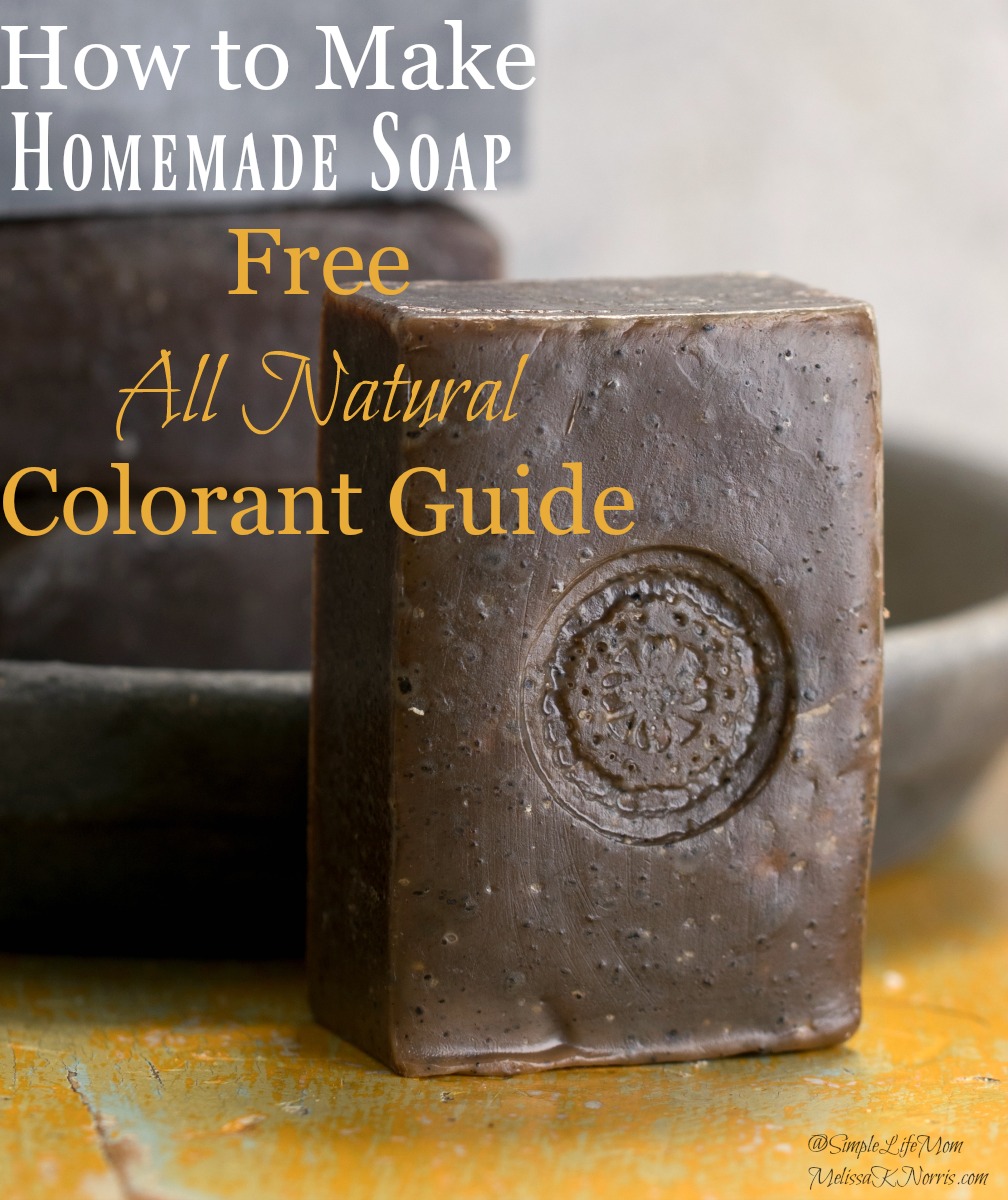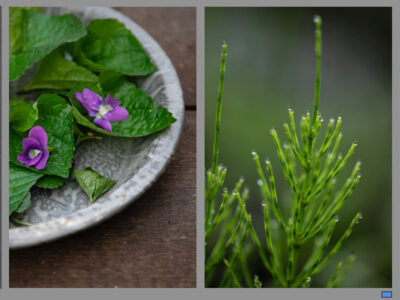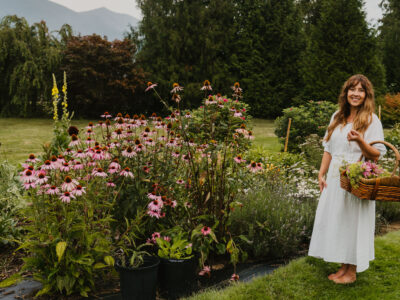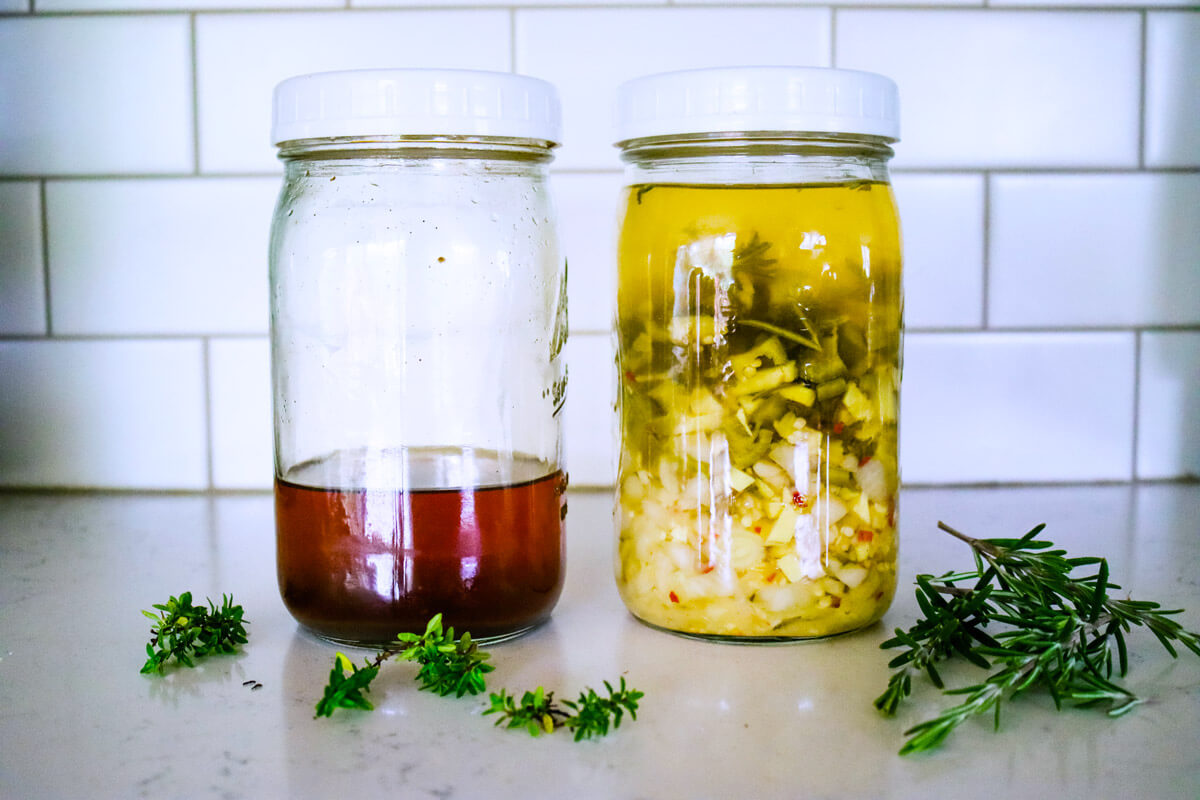Making your own homemade natural soap is something every homesteader aspires to on their simple living journey. It wasn’t that long ago that almost all of our body products were made at home with items commonly raised on your land.
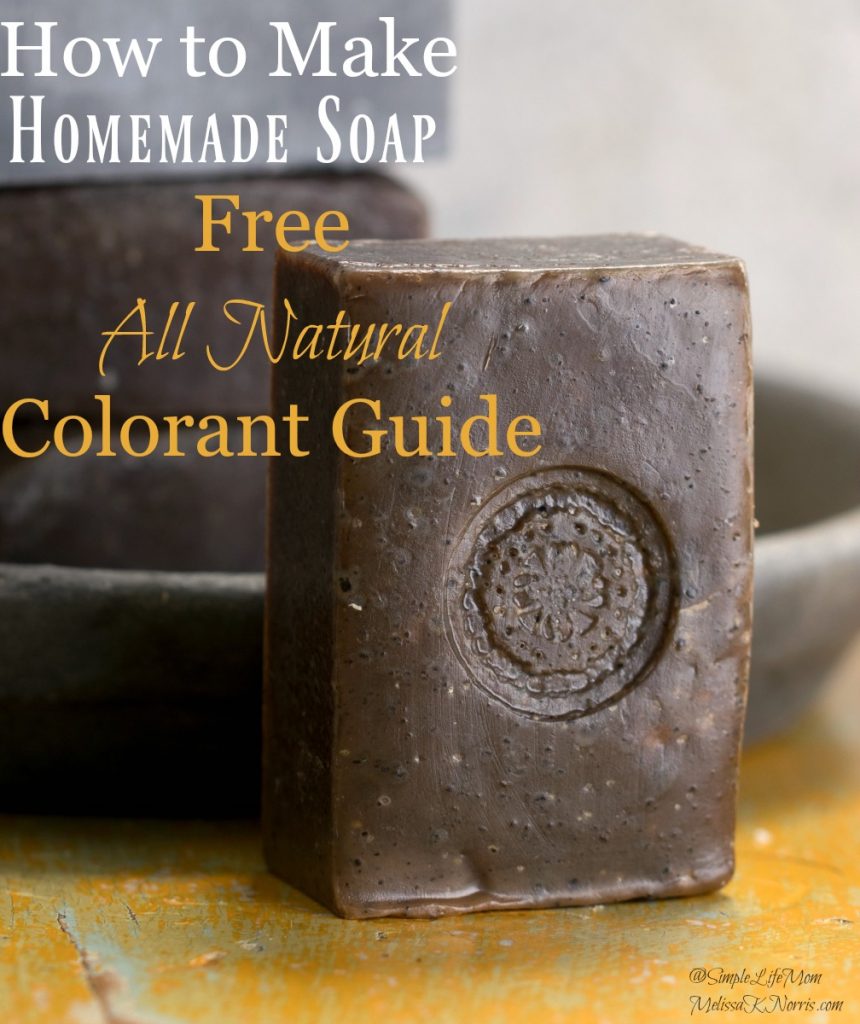
The pioneers even made their own lye from ash, which could be a dangerous thing, but the point being, the homes of old knew how to use what they had to make what they needed. We need to preserve this knowledge and skill sets before they’re lost.
🍞 Struggling With Sourdough?
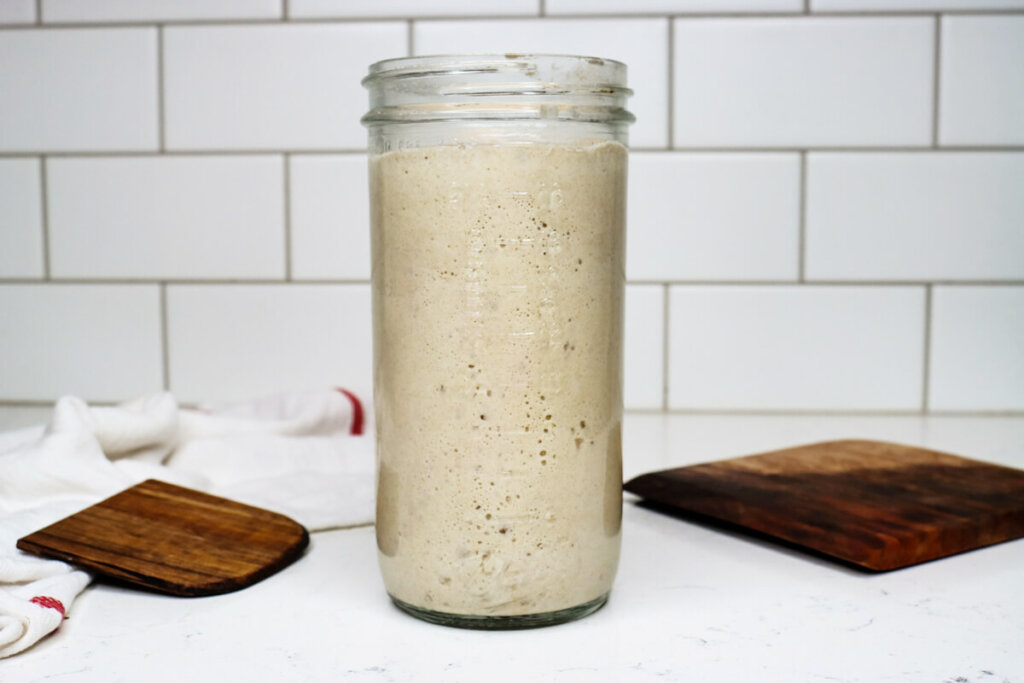
If your starter won’t take off, your loaves are dense and hard, or sourdough just flat-out overwhelms you…
👉 I’ll show you how to fix all of it.
Join my FREE live workshop and learn how to make a bubbly, active starter—the right way, from Day One.
🗓️ Jan 12 @ 1pm PT
Natural Remedies Made Simple
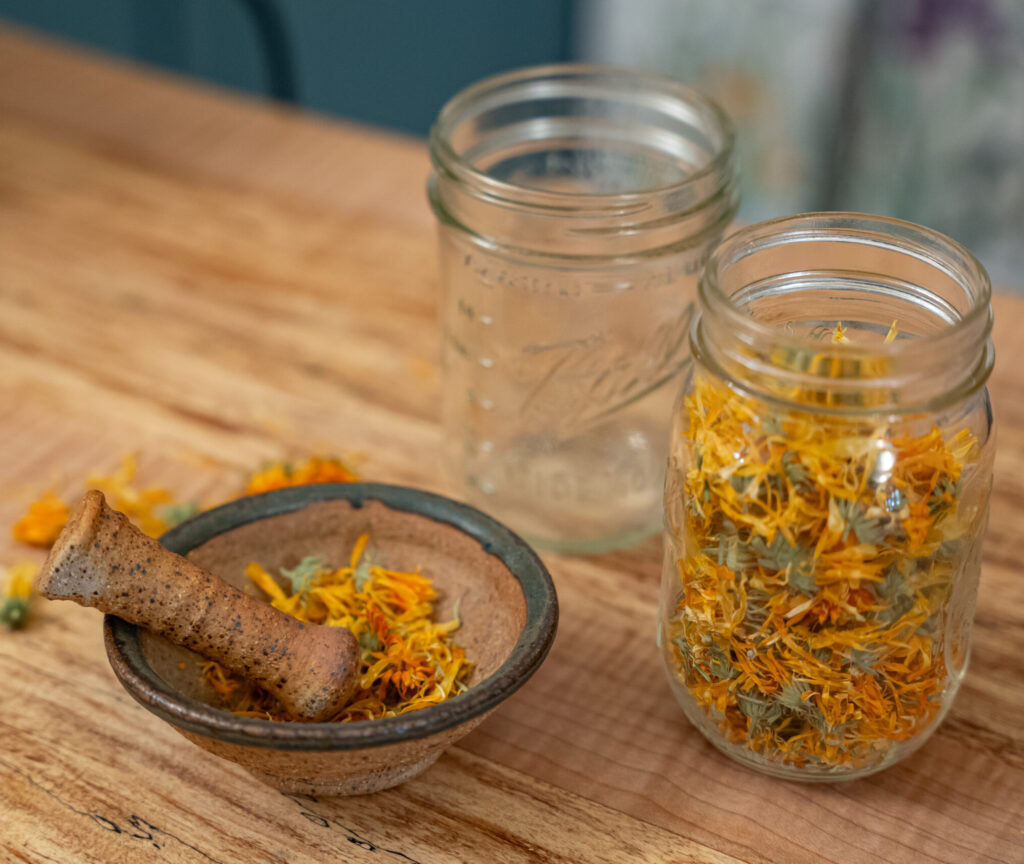
Start your home apothecary with confidence—even if you’re brand new. Learn how to choose the right herbs for your body using the simple principles of herbal energetics.
Discover how warming, cooling, drying, and moistening herbs affect your body—so you can stop guessing and start making remedies that actually work.
The homes of old knew how to use what they had to make what they needed. We need to preserve this knowledge and skill sets before they’re lost.
I’ve pulled out the important highlights from my conversation with Kelly on making your own homemade soap with natural colorants, but you’ll really want to listen to the full episode on the Pioneering Today Podcast
What’s the difference between cold and hot process soap making
Cold process soap is where you mix your lye water and oils together, bring it to trace, and pour it into your molds. You let the soap cure for 4 to 6 weeks where it goes through the full saponification process and becomes soap.
Hot process soap is where you continue to heat the lye water and oils through the gel phase, generally done in a slow cooker, where it goes through the saponification process and is ready to use in a much shorter time period.
Which method of soap making, cold or hot process is better?
Kelly: For me, I’ve had more frustrations with it I think and maybe that’s why I prefer the cold process, but it also gives a very different texture. It’s more of a chunky soap and I like the very soapy smooth texture that you can get with cold process. I think texture is a really big thing, but also, just it takes more experience I guess in that area, which I don’t have as much with, but it also it’s trickier to add different coloring layers and things like that. They don’t look as pure to me where I like a lot more straight lines and you get a lot thinner soap that you can work with the cold process. With hot process, it tends to get thicker a lot faster and you’re more limited in what you can do with it.
One of my major goals is to start looking at everything within our lives and simplifying things down to where I know what it is and I can do it myself so everything from food to skin care.
Kelly author of Natural Soap Making
Melissa: One of things that I love, Kelly sent me a copy of her book and so I’ve been able to dive into it, which has been super fun, but one of the things that I really like about your book, Kelly, is because for me, making soap at home and homemade of course is you have control over the ingredients and I’m really big on natural and not using synthetic things and processed, synthesized fragrances and different ingredients like that that I feel in a lot of our commercial products are added for different reasons, but don’t necessarily benefit our body and sometimes I feel they can be harmful.
Whenever you make it at home, you get to control the ingredients and you get to pick what you’re putting in there, which is a really big factor for me. A lot of the times too you can make it at home cheaper than you can purchase the same item from the store because you’re doing the labor essentially because we’re paying for labor cost when we purchase it.
Benefits of homemade soap
Kelly: What you’re saying about ingredients, it’s just so important and something that I think that some people don’t really think through all the way, even soap makers because I was teaching a class a couple years ago. We had talked about the different oils and their benefits, the different vitamins and the minerals that are maintained within the soap when you use things like apricot kernel oil, even your olive oil and just the good nourishing fats that when you superfat when you leave a certain amount of the good nourishing oils within the soap after the saponification process, you’re not only cleansing your skin, but you’re moisturizing.
In this class, we talked about all these different things and it wasn’t until later that one of the students came up to me and she was showing me her beautiful creations. Some of them had essential oils and natural … She used herbs for exfoliation purposes, but then she showed me these other things and she was so proud of them and they were neon colors and interesting scents and so I asked her. I said, “Okay, this is great. How did you get the coloring for this?” She’s like, “Oh, I just bought a color bar online and I added that.” I said, “Okay. Do you know what it was made of?” She said, “Oh, I didn’t even think of that.”
That’s what I say in my book and I say very often I think is that why go to all the efforts of making soap because it’s a process to make it and you’re working hard, you make this beautiful creation and then ruin it by adding some kind of chemical or something that, even questionable things that we’re not quite sure of. I avoid even those, but adding something to it and to me, ruining all that hard work that you did. Staying on completely natural ingredients only is very, very important to me.
Melissa: The great thing about natural colorants, it’s not another added expense. One of the things too that I’ve noticed a lot, so if you’ve not used homemade soap before and you’re used to just using store-bought soap, is a lot of times store-bought soap after you get out of the shower or the bath or whatever, you feel almost like a film and it is drying and you’ll feel almost like a film layer on top of your skin or it just feels super dry.
With the homemade soap, you don’t notice that or at least I don’t. I notice a huge difference in the way that your skin feels and I don’t feel like I’ve got that like soap scum. People talk about soap scum. I don’t feel like you’ve got the soap scum or that you’ve got that layer on your skin afterwards that you can feel. It just feels much more smooth and silky.
Kelly: Do you know what? That’s the comment that I hear the most from men who switched to natural soap is that they talk about how they feel squeaky clean. Because the women will talk about they love the smell of it and they love the feel of it and things that the men usually comment to say, “I feel just like squeaky clean, but not dried out at the same time,” and it is true. It’s a totally different
Store bought soap has had the glycerin and many other nourishing properties pulled from it. Homemade soap allows you to create a nourishing bar with only natural ingredients.
When you first begin getting into soap making, you have to purchase supplies. The beauty of using natural colorants is many of the items you either already have in your spice cabinet or can grow.
Here’s my soap made with dehydrated and ground up stinging nettle leaf from our homestead. I used 3 teaspoons per 2 pounds of soap.
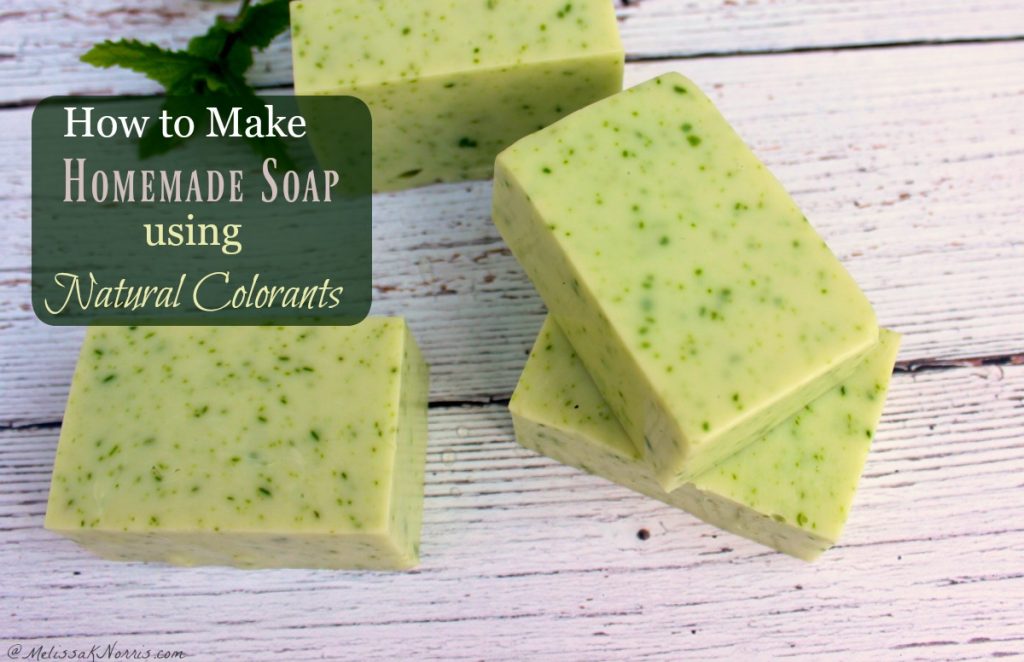
Natural Soap Colorants
- Annatto seeds
- Cinnamon
- Cocoa powder
- Jewelweed
- Paprika
- Pureed Pumpkin
- Ground Stinging Nettle Leaf
- Tumeric
How to Add Natural Colorants to Homemade Soap
- To the lye water
- Add at trace- either for the whole batch or swirl- items like charcoal or cocoa powder
- hot oil infusion
- cold oil infusion
Note from Kelly: when adding a powder to the soap for color, even if it’s for the whole batch, take out a small amount of soap and whisk in colorant until it’s smooth, then add that to the whole batch to avoid clumps.
Resources for Homemade Soap Making with Natural Colorants
Totally FREE The Natural Colorant Quick Guide and Coffee Mocha Scrub Soap Recipe from Kelly just for listeners and readers of the Pioneering Today Podcast.
Get your copy of The Natural Soap Making Book for Beginners by Kelly Cable, this book is packed with recipes and beautiful ways to color your soaps with spices and herbs.
How to get your Bonuses!
- Preorder your copy here
- Go here to get instant access to:
- 4 How-to Videos on soapmaking, packaging, and using herbs in soap.
- 4 Giveaways – one each week until the book is mailed out August 8th.
- Soap Labels that can be downloaded and manipulated for your needs
- Essential Oil Blends for Soap – Reference sheet free download
- Discount to use in the Simple Life Mom Shop
- A Bonus Soap Recipe
Want to learn how to render your own lard (even if you don’t raise your own pigs) and how to make homemade soap at home? Join the Pioneering Today Academy for step by step video lessons, safety tutorials, recipes and more in our Homesteading Skills Course.
More Posts You May Like
- Do Natural Deodorants Really Work?
- DIY Herbal Bentonite Clay Face Mask and Scrub
- How to Make Homemade Lotion Bars
- 5 Homemade Natural Cleaner Recipes (That Really Work!)
- Homemade Peppermint Salve for Dry Skin
- How to Make Soap at Home- Beginner’s Guide to Soap Making
- 3 Ingredient Homemade Lip Balm Recipe
- 15 Homemade Natural Herbal Bath and Body Gifts
- Why Makeup & Skincare Ingredients Matter
